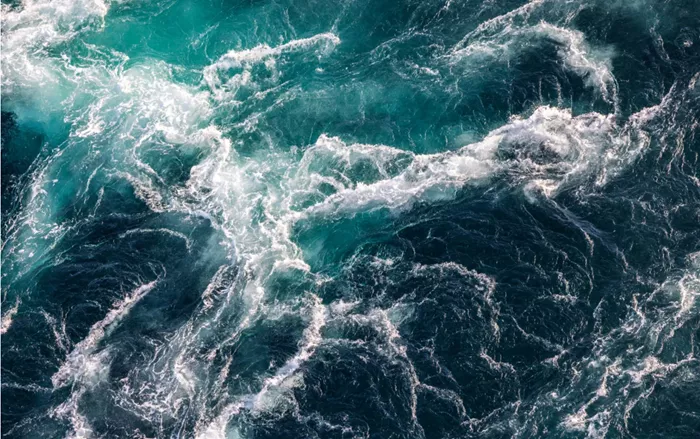New Zealand’s electricity generators are hoping that they won’t have to tap into emergency hydro storage despite a recent move by Transpower that allows increased water withdrawals from key hydro lakes.
Transpower has given the green light for generators to extract additional water from Lakes Pūkaki, Tekapo, and Hāwea during September and October, a decision aimed at mitigating the risk of a potential power shortage. This comes as hydro storage levels have plummeted to 55 percent of the average for this time of year, marking some of the lowest levels seen in nearly 90 years.
Meridian Energy’s CEO, Neal Barclay, expressed cautious optimism about the move. He highlighted that the available hydro storage capacity had effectively doubled as a result of this decision. Despite this, he stressed the company’s intent to minimize the use of this contingent storage. “The lakes, particularly Meridian’s two catchments in Fiordland and the Waitaki, have seen record-low inflows over the past three months. Access to an additional five meters of water at Lake Pūkaki would provide around 500 gigawatt-hours, but we hope to avoid utilizing it if possible,” Barclay said.
Historically, Meridian had navigated through a similarly dry winter over a decade ago without the need for contingent storage. The current clarification from Transpower updates rules that were originally set in 2012 and revised in 2016, ensuring clearer guidelines for when additional storage can be accessed.
Genesis Energy’s CEO, Malcolm Johns, raised concerns about the financial impact of Transpower’s new regulations. The company has invested $160 million in fuel over the past year and secured additional resources to manage volatile prices. “The sudden regulatory change could impose extra costs on generators like us who have already made significant investments in fuel,” Johns remarked.
Genesis noted that Lake Tekapo is currently at 704.8 meters above sea level, slightly above the minimum operating level of 702.1 meters. The company plans to monitor conditions closely and adjust its use of additional storage based on factors such as rainfall and snowmelt.
Contact Energy indicated it does not plan to utilize the additional storage at Lake Hāwea. Instead, it has secured gas supplies to ensure the full operation of its Taranaki Combined Cycle gas station and continues to support the market with its Whirinaki Peaker Plant.
Transpower’s Executive General Manager of Operations, Chantelle Bramley, described the measure as a temporary solution to buy time for improved weather conditions. “This extension provides generators with an additional two months of operational flexibility. If conditions worsen and we reach an emergency level, we will then consider initiating official conservation campaigns,” Bramley stated.
Transpower is required to launch a conservation campaign if hydro lake levels fall below the emergency risk curve, indicating a 10 percent chance of running out of energy within the next year. However, Bramley emphasized that current forecasts do not suggest reaching this critical point until early next year.
Energy economist Stephen Poletti criticized the systemic underinvestment in renewable energy over the past decade, suggesting that the country’s current predicament is a result of prioritizing profits over investment in new generation sources. “While Transpower’s decision is a necessary step, it reflects deeper issues of inadequate investment in renewables,” Poletti concluded.
Related topics:
- TOP 3 Honda Whole Home Generator
- The Pros and Cons of Whole House Generators: A Comprehensive Guide
- 5 Best Generator for Power Outage at Home

